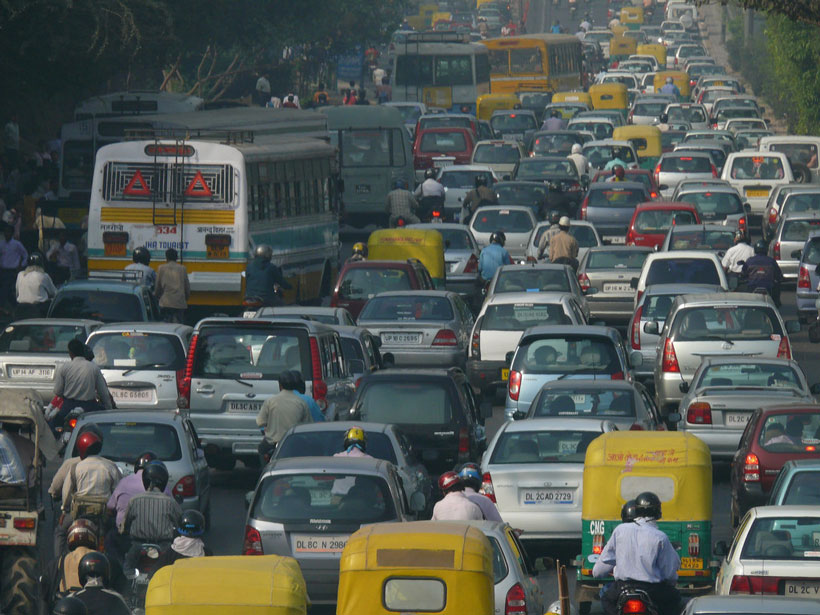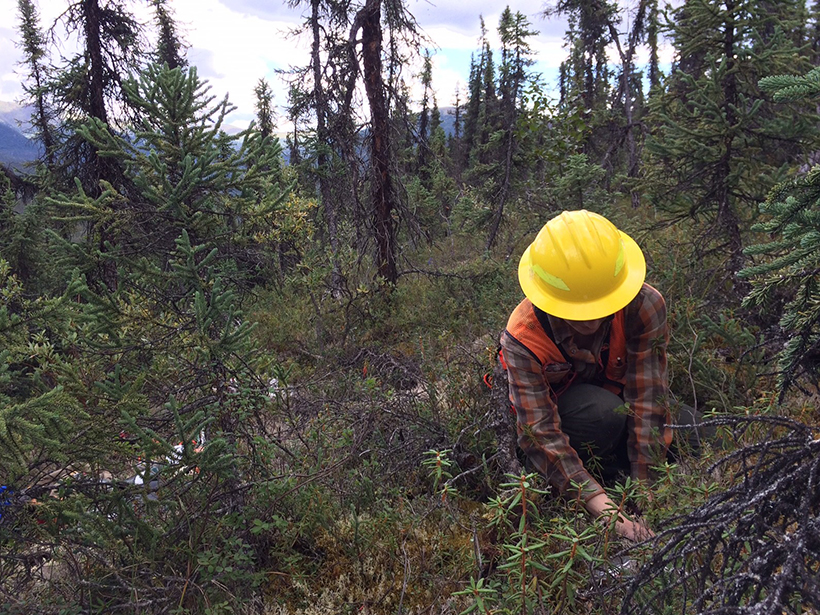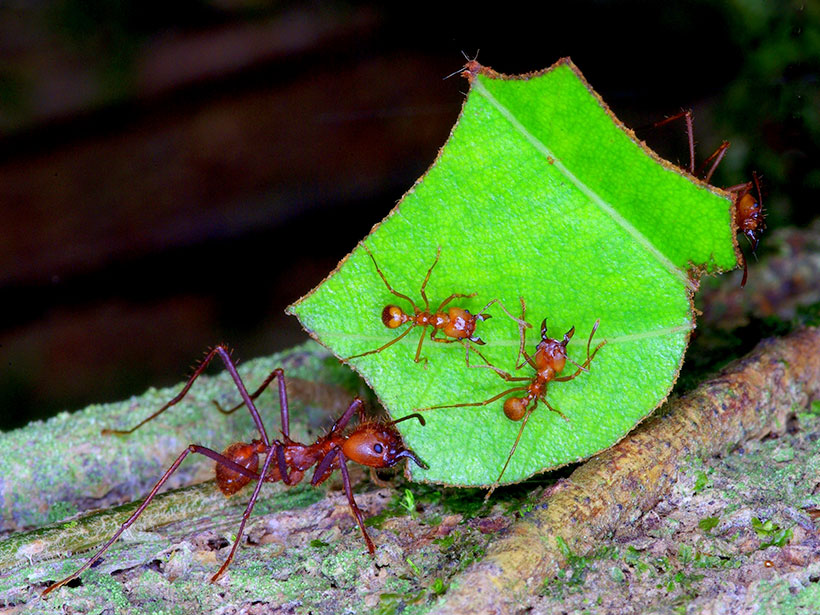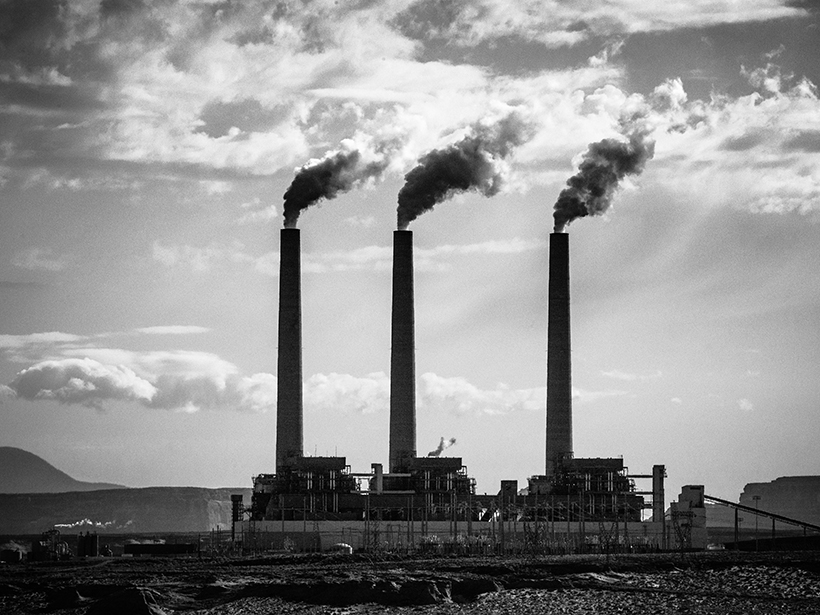Reducing emissions could avert more than 300,000 deaths per year by 2050.
carbon emissions
How Brown Carbon and Coatings on Black Carbon Affect Absorption
While ambient black carbon absorption is shown largely independent of coatings, distinct types of atmospheric brown carbon coexist, deriving from primary emissions and secondary processing.
New Budget Bill Rescues NASA’s Carbon Monitoring System
“We’re back!” says $10-million-per-year project’s science team leader.
Ant Nests Act as Carbon Dioxide Chimneys
Leaf-cutter ant nests emit thousands of times more carbon dioxide than the surrounding soils do, a new study has found.
Leaf-Cutter Ants Boost Carbon Dioxide Emissions from Soil
Leaf-cutter ant nest openings emit up to 100,000 times more carbon dioxide than surrounding soil, a new study shows.
One Fifth of Los Angeles’s CO2 Rises from Lawns and Golf Courses
Measurements of carbon-14 show that roughly 20% of carbon dioxide emissions in the Los Angeles Basin are likely due to the decay of plants in managed landscapes.
Bipartisan Legislation Would Put a Price on Carbon
A bill introduced in Congress yesterday could help cut U.S. carbon pollution by 40% in 10 years.
Satellite Observations Validate Stratosphere Temperature Models
Since the 1970s, the stratosphere has cooled as ozone levels dropped and carbon dioxide levels increased. Chemical models of the temperature decline conflicted with satellite observations—until now.
Black Carbon Not the Primary Cause of Historic Glacial Retreat
Ice cores and glacial records reveal that European glaciers retreated before the rise of industrialization in the 1870s, suggesting that soot deposition did not primarily drive the shift.
World off Course to Meet Emissions Reduction Goals
A new energy report shows a disconnect between scientific research targets and what is happening in the energy markets.










